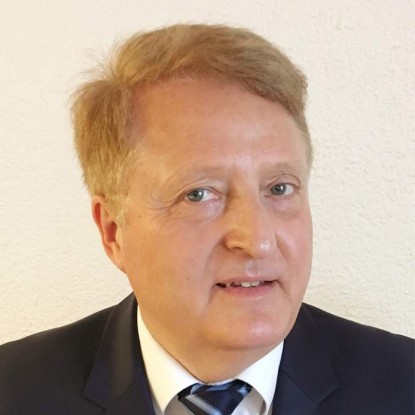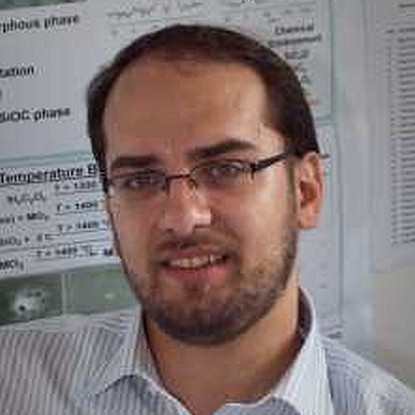MatCom – ComMat – extrem hitzebeständige neuartige Werkstoffverbunde
Das GRK 2561 ist ein gemeinsames Projekt der Antragsteller Karlsruher Institut für Technologie, Sprecher: Prof. Dr.-Ing. Martin Heilmaier und der TU Darmstadt mit dem Koordinator Prof. Dr. Ralf Riedel. Das DECHEMA-Forschungsinstitut (DFI), Frankfurt ist an dem für 4 1/2 Jahre bewilligten Projekt beteiligt.
Neue Hochtemperaturwerkstoffe könnten eine revolutionäre Erhöhung der Betriebstemperaturen von Verbrennungsmaschinen und –prozessen erlauben und so Wirkungsgrade deutlich verbessern.
Im Fokus des neuen Forschungsverbundes stehen neuartige Verbundwerkstoffe aus intermetallischen Legierungen, die thermomechanisch stabile Phasen ausbilden und ultrahohe Betriebstemperaturen (über 1300°C ) erlauben. Diese Nanokomposite halten extremen Umgebungsbedingungen (etwa Oxidation, Korrosion, Erosion) dank ihrer „Selbstheilungskräfte“ stand. Ein Clou dabei: Die Legierungen werden oberflächlich zusätzlich mit polymerabgeleiteten, komplexen und wärmeisolierenden Keramiksystemen geschützt.
Die drei Institutionen werden an diesen hoch komplizierten Materialsystemen forschen: Während die intermetallischen Substratwerkstoffe am Karlsruher Institut für Technologie entwickelt werden, liegt der Schwerpunkt der Forschungsarbeiten an der TU Darmstadt auf der Seite der Beschichtungsmaterialien. Schließlich werden beide Materialsysteme, Metall und Keramik, miteinander verknüpft, indem geeignete Beschichtungsverfahren entwickelt werden. In Kooperation mit dem dritten Partner im Graduiertenkolleg, der DECHEMA in Frankfurt am Main, wird die Hochtemperaturkorrosion der Werkstoffverbunde unter realistischen Bedingungen, wie sie in Verbrennungsmotoren herrschen, untersucht.






